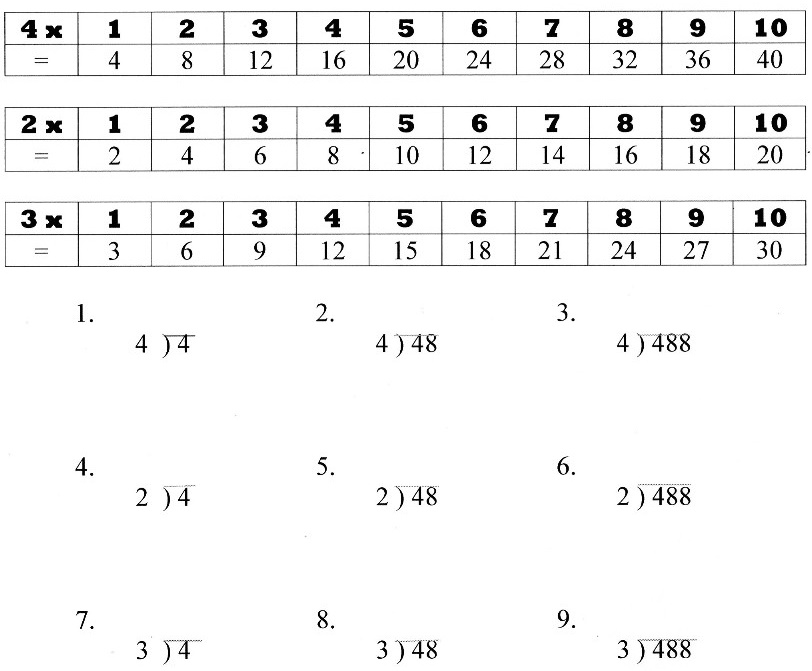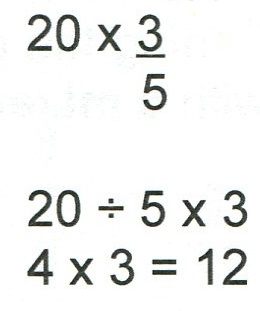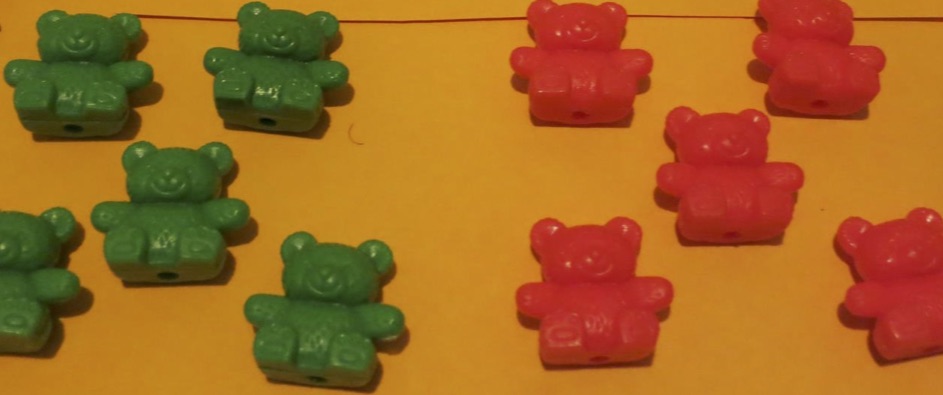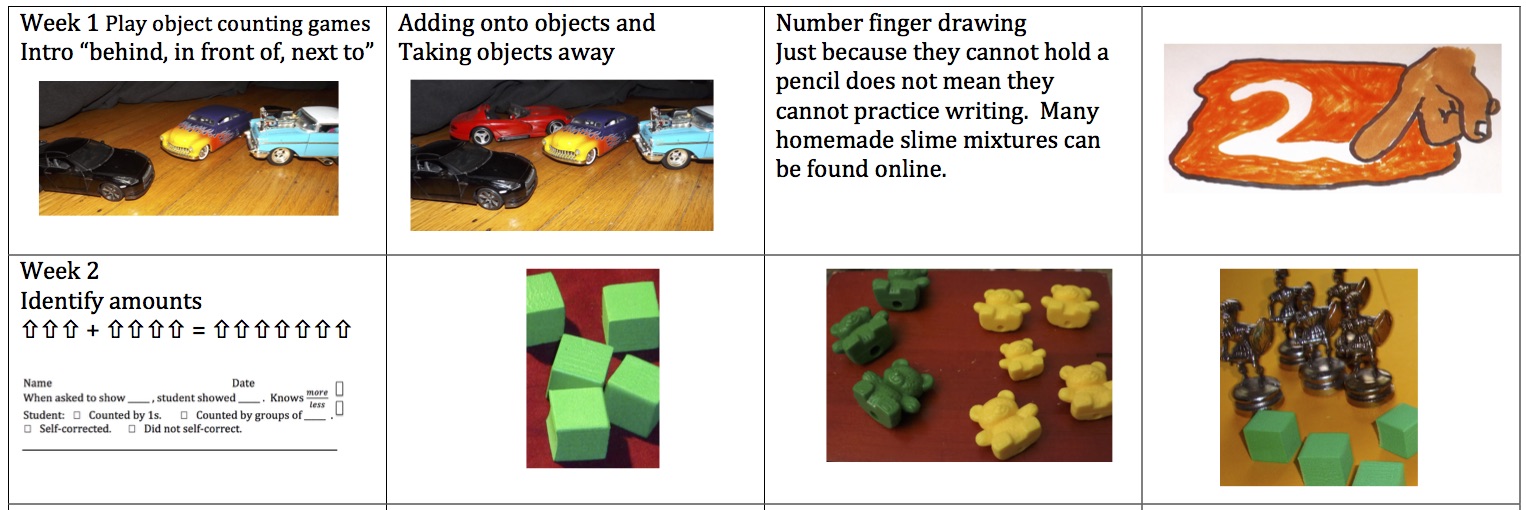 No matter how complex the problem, eventually you must combine two numbers. These numbers are going to be combined by adding, subtracting, multiplying, or dividing. Since early childhood, neither school worksheets nor workbooks include the number line from 0 to 18, and multiplication chart up to 10 times 10. That means many students end up practicing solving multiplication problems by adding the same number several times. Practicing addition is no way to learn multiplication, and a math foundation built on tallying predictably crumbles with age because it is only good for counting to an answer. Math To The Future is 140 pages of how-to-instruction for elementary to algebra that includes the tools that show students how to stop counting on their fingers and start counting on their brains.
No matter how complex the problem, eventually you must combine two numbers. These numbers are going to be combined by adding, subtracting, multiplying, or dividing. Since early childhood, neither school worksheets nor workbooks include the number line from 0 to 18, and multiplication chart up to 10 times 10. That means many students end up practicing solving multiplication problems by adding the same number several times. Practicing addition is no way to learn multiplication, and a math foundation built on tallying predictably crumbles with age because it is only good for counting to an answer. Math To The Future is 140 pages of how-to-instruction for elementary to algebra that includes the tools that show students how to stop counting on their fingers and start counting on their brains.
 There are a few reasons students struggle with division, but one of them is failing to let students see the answers WHILE they are trying to learn the answers. Recalling from memory the answers to single-digit multiplication is the cornerstone to doing well in math.
There are a few reasons students struggle with division, but one of them is failing to let students see the answers WHILE they are trying to learn the answers. Recalling from memory the answers to single-digit multiplication is the cornerstone to doing well in math.
Third graders and medical students have something in common -- both are expected to remember some keys to their higher learning in a short period of time. The difference is, medical students are constantly shown the answers and THEN asked the questions. If a student cannot multiply, they cannot do division. If they cannot multiply, they cannot add or subract fractions with different denominators.
A student who does not have math fluency, which is supposed to be obtained by the end of the third grade, will continue to find mathematics even more and more frustrating as they advance in years, but not actual grade level.
![]() With Math To The Future, math students are often introduced to connections with more advanced math the way the typing student is introduced to the keyboard -- a few, slight side-by-side connectable changes at a time. One of the things that makes math frustratingly difficult for students by traditional texts is that problems are scrambled immediately after introducing the concept as if it were a password to computer software. Math is not difficult. Unfortunately, students continue to be shown the most difficult ways to solve problems because "that is the way my teacher showed how to do it."
With Math To The Future, math students are often introduced to connections with more advanced math the way the typing student is introduced to the keyboard -- a few, slight side-by-side connectable changes at a time. One of the things that makes math frustratingly difficult for students by traditional texts is that problems are scrambled immediately after introducing the concept as if it were a password to computer software. Math is not difficult. Unfortunately, students continue to be shown the most difficult ways to solve problems because "that is the way my teacher showed how to do it."
 Students using Math To The Future ARE SHOWN what only the brightest students using traditional texts manage to figure out for themselves -- that most high school math is elementary math that grew up.
Students using Math To The Future ARE SHOWN what only the brightest students using traditional texts manage to figure out for themselves -- that most high school math is elementary math that grew up.


